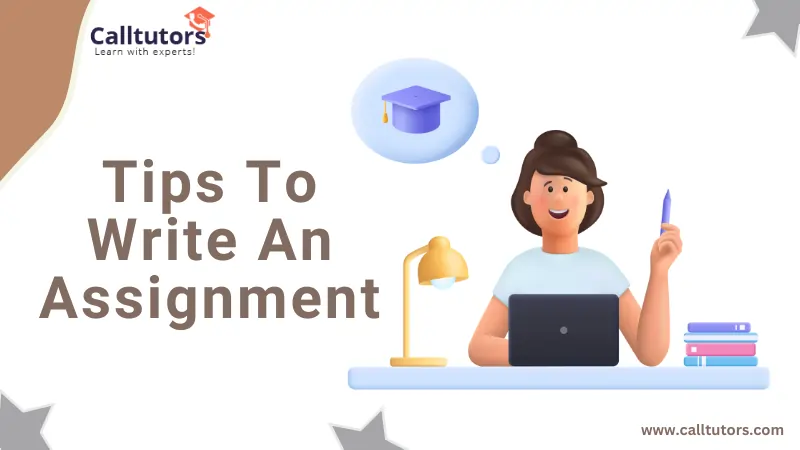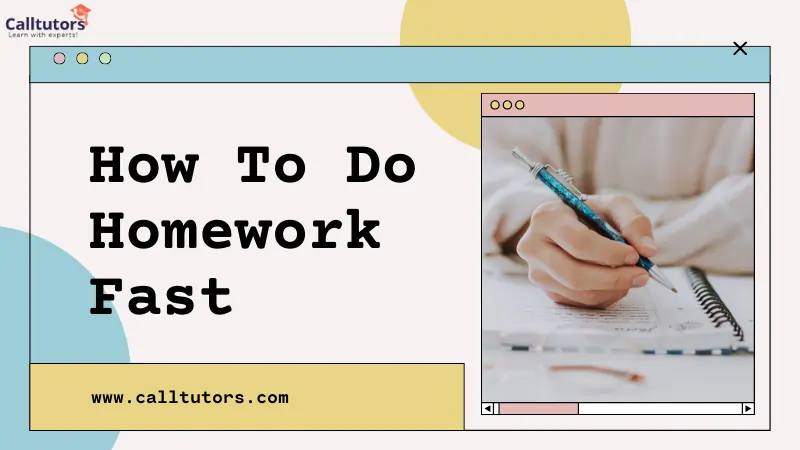Do you understand things better when you see them written out, drawn as a diagram, or shown in a video? If yes, you’re likely a visual learner, and this blog is just for you. In this post, we’re sharing some of the best study tips for visual learners that will help you remember more, stay focused, and actually enjoy studying.
Visual learners understand well when information is shown in pictures, colors, charts, or videos rather than just plain text. But let’s be honest — most textbooks and traditional study methods don’t make things easy for visual learners. That’s why using the right techniques can make a big difference.
In this blog, you’ll find the 10 best study tips for visual learners that match your learning style. These tricks are simple to follow and perfect for school, college, or even self-study. So, if you’re tired of feeling stuck with boring notes, keep reading — these tips might change the way you study forever!
Who Are Visual Learners?
Table of Contents
Visual learners absorb information more effectively when it’s presented through images, diagrams, or other visual formats. They grasp and remember information more effectively when it is presented through diagrams, charts, videos, or written instructions. Their brains are wired to associate visual elements with memory retention, which makes them naturally inclined towards imagery.
Visual learners generally like watching tutorials instead of just reading instructions. They love using colors, highlighters, and making creative notes to help them understand things more clearly. But when it comes to long lectures or pages full of plain text, staying focused can be a real challenge. That’s why it’s so important to follow the right study tips that match their learning style — it can make a big difference in how well they do in school.
Why Visual Learning Techniques Work?
Visual learning is effective because our brains can interpret images far more quickly than written words. According to cognitive research, visuals are processed 60,000 times faster than words. This gives visual learners an edge when using diagrams, infographics, or videos.
Visual study methods stimulate both the visual and memory centers of the brain, creating stronger neural connections. Using tools like charts or mind maps not only simplifies complex ideas but also boosts recall during exams. These scientifically proven benefits explain why the best study tips for visual learners focus heavily on pictures, color-coding, and visual aids.
10 Best Study Tips For Visual Learners
If you’re someone who learns best by seeing things, then these tips are made just for you. From diagrams to color-coded notes, these study strategies are designed to match how your brain naturally processes information. Let’s jump into these 10 best study tips for visual learners— they’ll help you learn better and remember things more easily.
1. Use Mind Maps to Organize Ideas
Mind maps are an effective tool for visually organizing your thoughts. Rather than writing long paragraphs, start with a main idea in the center and draw branches for related concepts. Adding colors, symbols, and shapes can make the mind maps more engaging and easier to remember. This technique helps you grasp the concepts and also allows you to simplify detailed information.
2. Color-Code Your Notes
Colors can make a big difference in how you remember things. Assign specific colors to different types of information — like green for definitions, blue for examples, and red for formulas. This makes your notes easier to scan and more fun to read later.
3. Watch Educational Videos
If you struggle with reading long texts, videos can be a game-changer. Platforms like YouTube, Khan Academy, and Coursera offer visual explanations on almost any topic. Pause the video, take notes, and even draw diagrams as you go along to reinforce your understanding.
4. Create Charts, Graphs, and Tables
When dealing with data, dates, or comparisons, turn the information into visual forms like bar graphs, pie charts, or comparison tables. These visuals help you quickly understand and remember key differences or relationships between facts.
5. Use Flashcards with Pictures
Traditional flashcards are useful, but for visual learners, adding images takes them to the next level. Use tools like Quizlet or Canva to create flashcards that pair words with related pictures or icons. It’s much easier to recall an image than a block of text.
6. Study with Infographics
Infographics are packed with useful information presented in a visual format. You can find many pre-made ones online or even make your own. They’re especially helpful for summarizing chapters, timelines, or step-by-step processes.
7. Highlight Key Points in Textbooks
Don’t just highlight everything, but you should highlight smartly. Pick out only the key points, definitions, and formulas. Assign unique colors to various types of information to keep your notes organized and visually engaging.
8. Practice Sketch-Noting
Sketch-noting is a fun and powerful technique where you draw simple symbols or doodles to represent ideas while taking notes. You don’t have to be an artist — even basic shapes or stick figures can help your brain remember things faster.
9. Use Visual Study Planners
A visual weekly or monthly study planner helps you keep track of your time and goals. Highlight deadlines, revision topics, and daily tasks using color codes, icons, or stickers to make your study plan clearer and visually organized. It keeps you organized and motivated.
10. Turn Notes into Slides or Posters
After making your notes, try converting them into a mini-presentation or a one-page visual summary. Tools like PowerPoint, Google Slides, or Canva can help you create visually engaging slides or posters that make revision quick and enjoyable.
Mistakes to Avoid as a Visual Learner
Being a visual learner comes with many advantages — you likely understand things quicker when they’re shown in a diagram, chart, or image. But even visual learners can make some common mistakes that stop them from reaching their complete potential. Here are a few to watch out for:-
1. Relying Only on Visuals Without Understanding the Concept
It’s easy to fall into the habit of just looking at diagrams or watching videos without truly understanding what’s going on. Just because something looks nice doesn’t mean it’s clear. Always take a moment to pause, ask yourself questions, and make sure you really get the concept behind the visuals.
2. Overusing Colors Without a Purpose
Yes, color-coding is great, but using too many colors can get confusing. If your notes look like a rainbow without any pattern, your brain won’t know what to focus on. Stick to a consistent color system (like blue for definitions, red for formulas, green for examples) to keep things organized and meaningful.
3. Ignoring Other Learning Styles Completely
Even though you’re a visual learner, it doesn’t mean you should avoid all other methods. Mixing visual learning with a little reading aloud or hands-on practice can actually improve your memory. Don’t be afraid to combine different techniques — sometimes variety is the best way to learn deeply.
4. Spending Too Much Time Making Things Look Pretty
Let’s be honest — designing perfect notes or drawing detailed diagrams can take a lot of time. While visuals are important, don’t let the design process take over your actual study time. Your goal is to learn, not just decorate.
5. Not Reviewing Visuals Regularly
Just creating visual notes or mind maps isn’t enough. You need to review them often. A lot of students think that once they’ve made the notes, they’re done. But like any other study method, repetition is key — so come back to your visuals regularly to keep the info fresh in your mind.
Final Thoughts
Being a visual learner is a strength—if you know how to harness it. The 10 best study tips for visual learners we’ve shared today are tailored to help you learn smarter, not harder. From mind maps and flashcards to sketch-noting and infographics, each method leverages the power of visuals for better comprehension and retention.
Experiment with these best study tips for visual learners to find the ones that best suit your style. The key is to stay consistent, keep things fun, and never stop refining your strategy. With the right tools, visual learners can thrive in any academic setting!
FAQs
Are visuals better than reading texts?
Not always. While visuals can improve understanding, they should work alongside written content. The most effective learning usually comes from a healthy mix of both.
Can these tips help in competitive exam preparation?
Yes! These study tips for visual learners are especially useful in competitive exams. They help in quick revision, better memory, and simplified understanding of complex topics.



